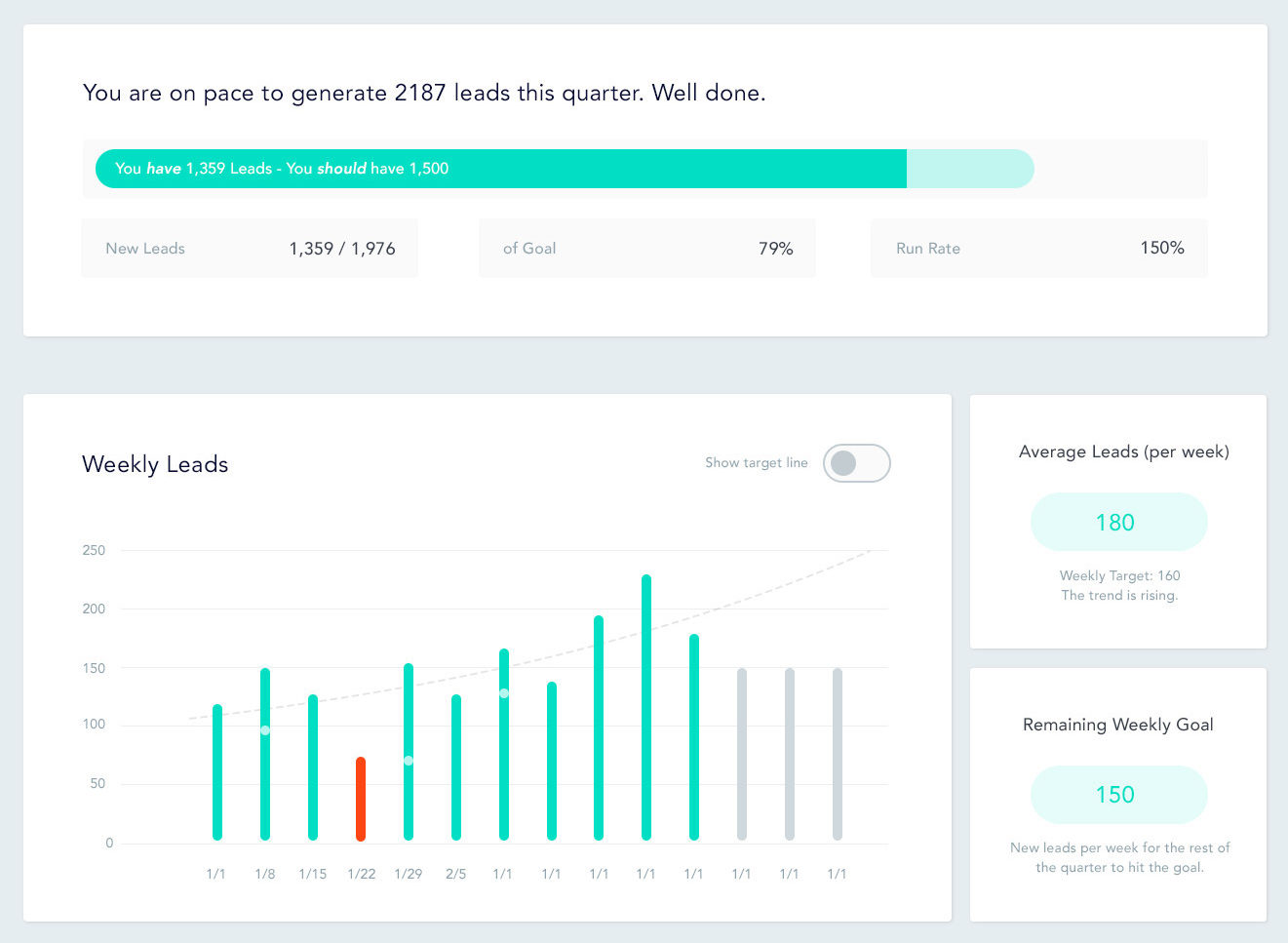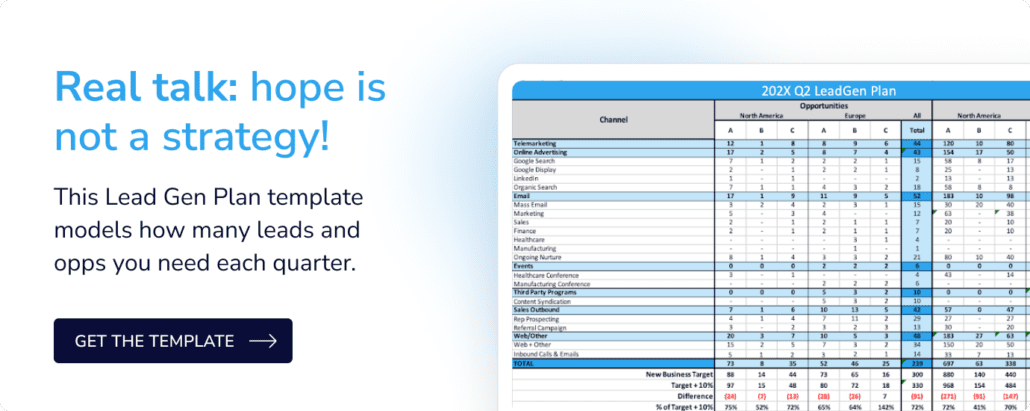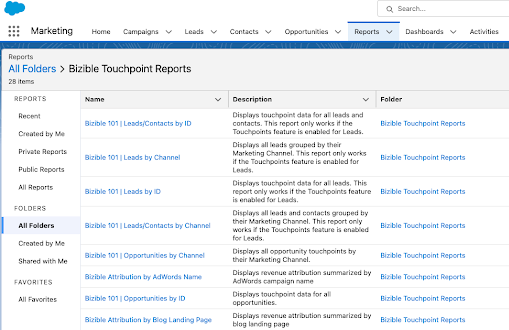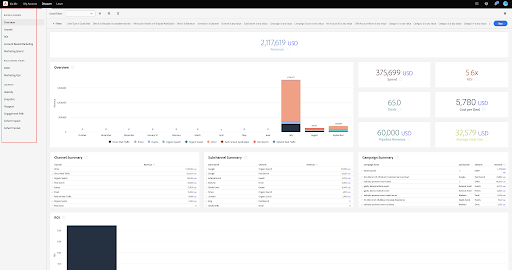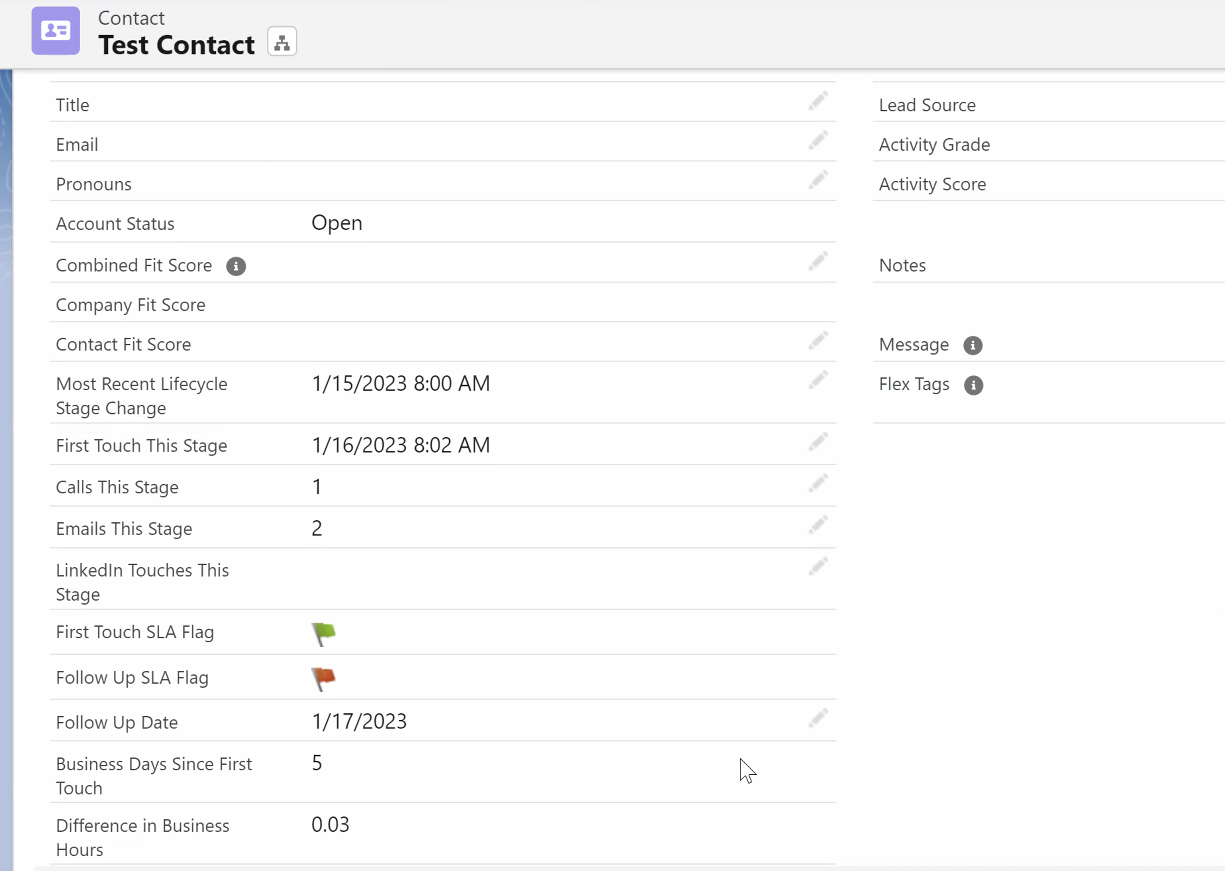I have a bone to pick with marketing metrics. While I’m a big believer in setting quantitative goals and making data-driven decisions, the catalog of marketing metrics has spiraled out of a control. I just got off of a call where some poor marketing manager – let’s call her Anne – walked through 42 slides to illustrate marketing performance this quarter. 42 SLIDES!
Am I the only one who thinks this is crazy?
There were so many things wrong with it.
- I was bored. I kept wondering, who cares about this stuff? What was the point? I would bet money that the VP of Sales was reading email instead of paying attention to Anne’s presentation, which will help him in no way, shape, or form.
- I didn’t learn anything. I kept waiting for the clear takeaways, the lessons for what to do differently, the clear winners and losers from last quarter’s campaigns. But I couldn’t tell. It was just a mash of everything, such that I took away nothing.
- It was a waste of time. I kept wondering how long it had taken Anne to put together the presentation. She had clearly spent a lot of time pulling data from different places, creating charts and graphs to show all sorts of meaningless statistics.
The whole thing was a shame. It was so utterly unproductive and unhelpful – and the worst thing was that Anne thought this is what they wanted. That the CEO and VP of Sales were sincerely interested in hearing about every minute detail and every possible metric related to her marketing campaigns.
As marketers, we have become so obsessed with data that we’ve forgotten what it’s for.
We waste so much time pulling together these reports instead of actually doing marketing.
It has to stop.
Remember, data is only valuable if it’s going to change something about your decision-making. Everything else is at best interesting.
So before you spend another second running a report in Salesforce or creating yet another pivot table – ask yourself: what am I going to do differently with this information?
If you can’t answer that question, wait until you can. The same goes for the VP of Sales who wants to know how many prospects came from healthcare vs. retail last quarter. Stop and ask him, why does he need to know? Is he working on new territory plans such that he wants to find ways to split up the leads evenly, or is he merely curious? If it’s the latter – push back! (Actually even if it’s the former, you should probably push back because territory planning is squarely in the domain of sales ops.)
You are in marketing, so you need to be focused on one thing – running the best campaigns you can, to as many people as you can, to achieve the best results you can. Any time you spend chasing wild geese takes away from your time being truly productive. It’s a distraction, and it’s not helping anyone.
So, what about metrics? What’s useful, and what’s not?
I submit that every company can come up with just 5 metrics to measure marketing success. Choosing a small number of metrics does two things for you:
- Align marketing activity to company goals – if you start measuring campaign success by click-through rate, and your sales managers start complaining that they don’t care about click-through rate because it doesn’t make any difference in how many leads they have to work, then you know you have a bad metric. Take some time to work back from your company goals to figure out marketing metrics that make sense for you. This will give you incredible focus into what matters vs. paying attention to meaningless signals that come from monitoring too many metrics.
- Avoid time wasted in analysis paralysis – again, metrics are only as good as their use in changing your decision-making. By focusing on just 5 metrics, as opposed to 10 or 20 or 30, you avoid wasting time on unproductive analysis. Anyone who has put together a report like the one Anne presented today knows that it takes a lot of time to pull all of that data together. So until you have a clear understanding on how metrics will help you do your job better, just focus on doing your actual job.
A quick example: at QVC, they sell products 24 hours a day on television. Their primary metric of success was $/minute, because that was the strongest signal of revenue. If a product had a low $/minute, they didn’t reorder it. If it had a high $/minute, they extended the segment and buyers would attempt to replicate their success with similar products. Of course they used different thresholds for different times of the day (i.e. people spend less at 4am than they do at 8pm), but the point is the $/minute metric is both actionable and aligned with the company’s goal of maximizing revenue.
Every company is different, but here are 5 marketing metrics from a B2B software company to get you started.
- # Marketing Qualified Leads (% to Plan)
- # Opportunities (% to Plan)
- Lead-to-Trial Conversion Rate
- % Leads Followup SLA Met
- Cost/Opportunity
You can adapt, subtract, and add as necessary, but try to stick to five total. Try it out for a quarter, and see what a difference it makes.

